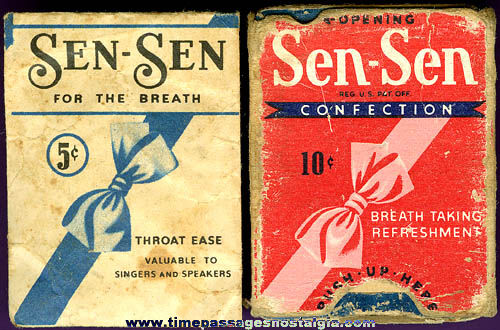Summer's here, and people's summer reading recommendations are out in full force. So I thought why not add one of my own. Here it is:
Read something good. Read something challenging. Read a classic or two.
In the world of lay book
bloggers I’ve noticed some pretty vociferous opposition to the notion that
people should read “good” books instead of dividing all their time between wildly
popular vampire novels and the latest blockbuster S&M fantasy. Those who
advocate reading the so-called classics or high-minded literary fiction often
get labled as snobs for doing so. The basic argument against these people seems
to be that it doesn’t matter what folks read, as long as they are reading
(which, they always fail to realize, is merely snobbery of a different sort.)
I
guess I can get on board with that argument… to a point. Reading is
an essential life skill that improves the lives of those who possess it. And reading just about anything will foster that skill. But does it really not matter what we read?
That’s
like saying that eating is essential your health and wellbeing, but that it
doesn’t really matter what you eat so long as you are eating. Nevermind
that a constant diet of Big Macs and Twinkie chasers (may they rest in peace!)
will eventually land you in home hospice care with an oxygen tube up your nose
and a nurse to administer sponge baths to the folds and crevices you can no
longer reach by yourself.
I
don’t begrudge anyone the hot new Dystopian Young Adult title or the
occassional Epistolary Urban Fantasy Steampunk Romance, just like I don’t
deprive myself of inordinate amounts of chocolate chip cookie dough or obstain
from Black Raspberry Dark Chocolate Chunk ice cream. But sheesh, if that’s all
your reading? (Or eating?) It’s time to recalibrate.
Now,
would I rather have my kids read a crappy book, than spend the afternoon
shooting heroine? Sure. No question. But would I rather have my kids read a
crappy book, than spend the afternoon shooting hoops? Probably not.
And
yes, this all depends on what your definition of ‘classic’ is, or what ‘good’ or
‘crappy’ mean to you in terms of books. But let’s be honest, it’s not tough to
recognize challenging fiction, or a brainless beachread, when you see it. So, read
something that will challenge you. Read something that has stood the test of
time. Read a classic. And this isn’t me being a book snob, this is backed up by
science. Check this out:
“Researchers at the University of Liverpool found that serious literature catches the reader's attention and triggers moments of self-reflection.”
"...Serious literature acts like a rocket-booster to the brain. The research shows the power of literature to shift mental pathways, to create new thoughts, shapes and connections in the young and the staid alike," Philip Davis, an English professor who worked on the study with the university's magnetic resonance centre, said.”
“...The academics were able to study the brain activity as readers responded to each word, and noticed how it 'lit up' as they encountered unusual words, surprising phrases or difficult sentence structure.”
“...The research also found poetry, in particular, increased activity in the right hemisphere of the brain, an area concerned with 'autobiographical memory', which helped the reader to reflect on and reappraise their own experiences in light of what they had read.”
“The academics said this meant the classics were more useful than self-help books.”Who can argue with that? Improve yourself. Improve your shelf.



















